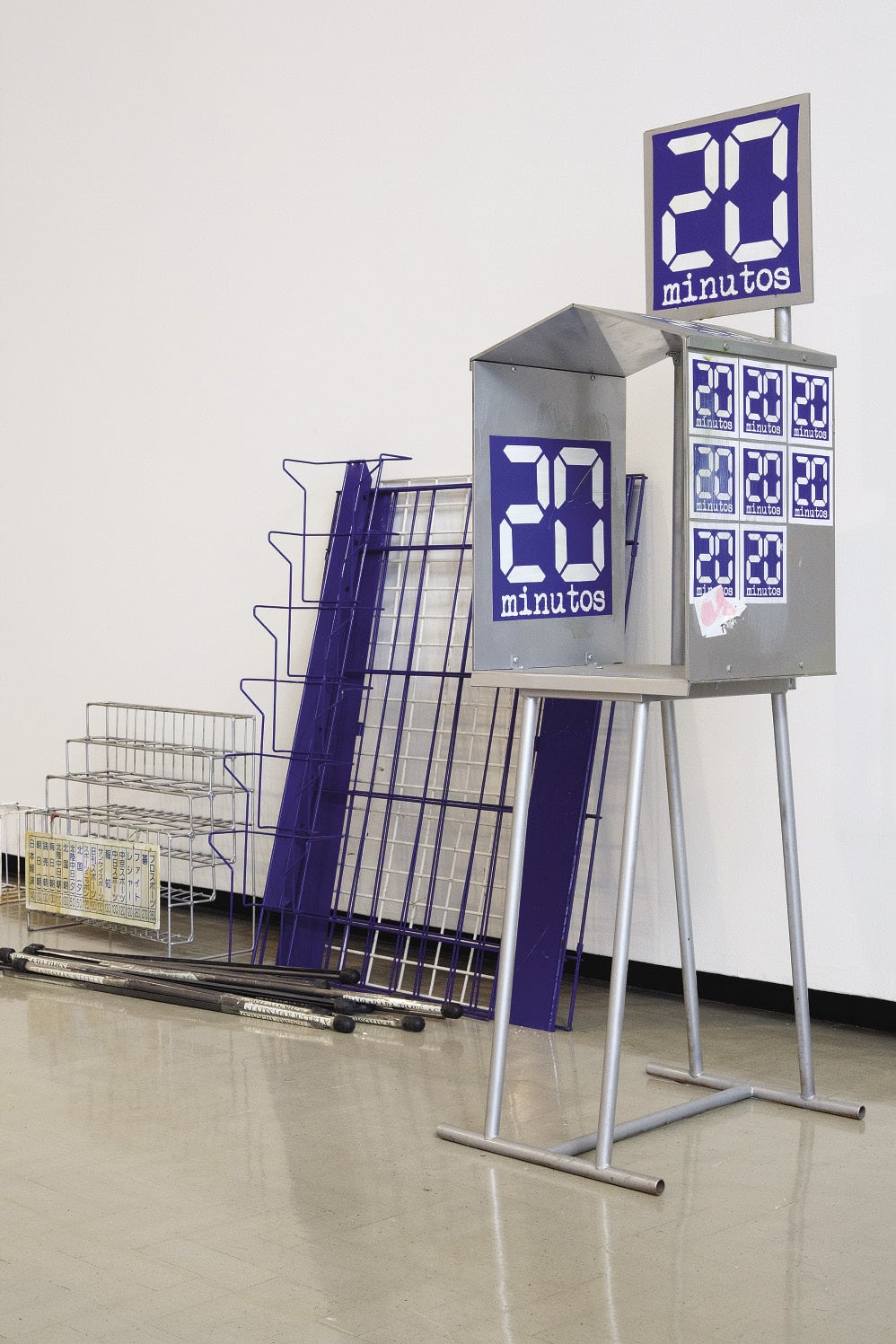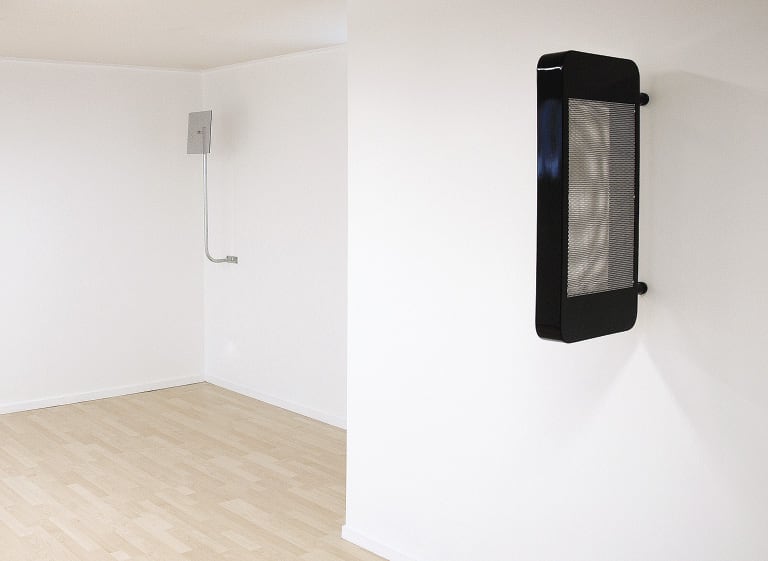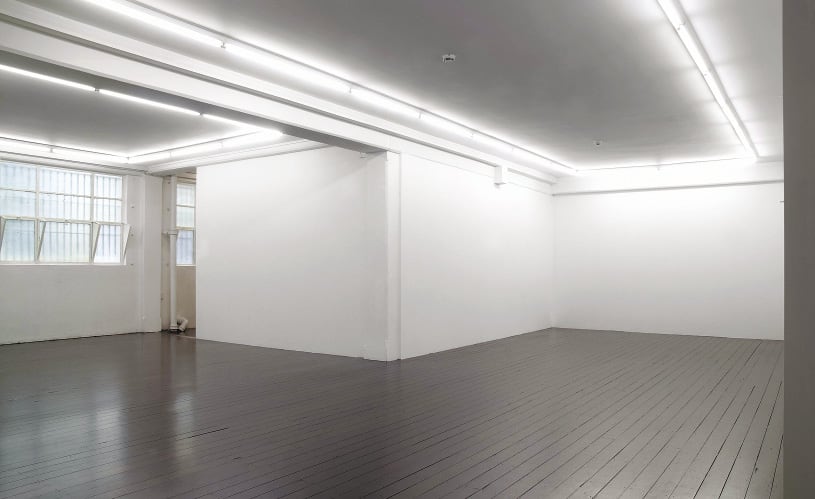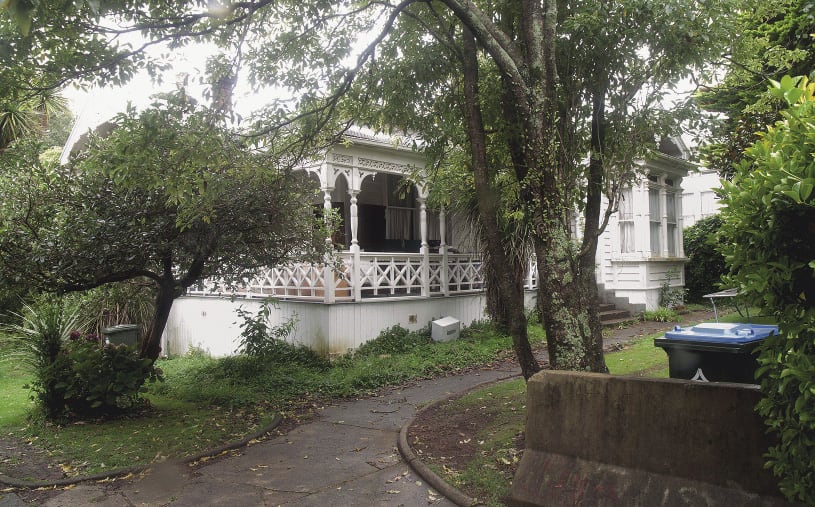
It is often said that we live in an era of post-production, of just-in-time labour practices in which the raw materialism of an industrial era is superseded by the immaterial and affiliative labours of the entrepreneur and the consumer. We need only turn to the concurrent worlds of a multinational corporation’s sweatshops, like Apple’s subsidiary Foxconn, to realise that the entrepreneurially inclined innovations of companies who no longer just sell products but entire philosophies rely, just as capitalist enterprises always have, on modes of expansion that readily exploit actual objects and all-too-real human labour practices.1
This same raw material reality similarly returns when we consider the role of the consumer in the era of post-production which, if we take our cue from Hardt and Negri, is heralded by America’s New Deal, which turned the suburban home into a repository of consumer artefacts, of actual objects, a condition just as pervasive today, only it is no longer the private home that functions as this convenient husk but instead our very selves, even our souls as Franco Beradi suggests.2 Thus, this arousal of immaterial labour, especially in connection to the designed product, witnesses not just the marginalisation of a Taylorist factory but the central importance of the consumer whose total immersion and saturation within affiliative networks of consumption increasingly substantiates us as mercurially shaped objects. As a way of further expanding such conjecture, I examine in this essay the transformative role of cultural knowledge, arguing that this collective sphere can be conceived of as a constitutive force that shapes the material objects through which it so often passes, whether these are desks, magazine racks, private homes, iPhones, or even our own humanist assumptions of individual autonomy. I begin, though, with Fiona Connor’s Notes on half the page 2009–11, an assemblage of barren newspaper and magazine racks recently back on display at City Gallery Wellington’s 2011 Prospect.3
Like the offices packed with surplus chairs and desks in the downsizing of firms in the film Up in the Air,4 Conner’s assemblage of the mechanisms of newspaper and magazine distribution functions as a melancholic relic of real-world societal change. Perhaps, then, we should call her assemblage an eleventh hour vigil, not just to the marginalised status of physical newsprint but also to the apparatuses through which newspapers are merchandised, displaced as they are by their evolutionary brethren, the digital mediums through which information is now more than casually dispersed. Nevermind then that what Notes on half the page best highlights is what’s not there. That is, the magazines and newspapers normally hosted by this accumulation of racks become conspicuous through their absence. Hence, Connor’s accumulation of these structures heralds less the marginalised status of the physical newspaper or magazine, but rather the constitutive power of cultural content. Thus, these devices, be they the huge metal shelves of a subway magazine stand or the humble stools upon which morning newspapers are stacked, are retained precisely because of this redundancy, this abandonment to a mercurially inclined informatic flow. This is something openly acknowledged by the melancholic tone of the work’s title, ‘notes on half the page’, which points to an unfinished conversation, to the idea that these mechanisms of dispersal are not dormant but entirely defunct. In doing so, what Connor’s work really exposes is the constituent and transformative power of knowledge itself. That is, these abandoned apparatuses pose information’s ability to not just inhabit actual objects but also, and more importantly, to radically transform them, to give them life.
If Connor’s preoccupation with abandoned newspaper and magazine racks exposes the constitutive force of information, then Francis Till’s 2012 show Light Industry at Auckland gallery Gloria Knight hinted at a future in which the immaterial transmission of such content might inflect even the most ordinary of surfaces. No wonder he chose to enlarge the cultish form of Apple’s iPhone 4, hanging it from the wall as the reverential tablet of the current era. However, in a deft touch, Till inlaid the bodies of these devices with two metallic mesh grids, allowing the interplay of light passing through the surfaces to create a substantiating moiré effect that gave a physicality to the immaterial field through which the transmission of information now passes. This chimed perfectly with Till’s commission of a technician to carry out meter readings to determine the strength of the cell phone networks running within the gallery, lending such transubstantiation a matriculated if only theoretically induced presence. Moreover, Till’s accompanying works, antennae-like sculptures, each titled after these readings, further triangulated this invisible field, literally plotting out its ghostly realism as a suffuse low-level, microscopic form. Too bad then that none of Till’s sculptures could actually render the immaterial content of this technological field. But then, like Conner’s Notes on half the page, what we as viewers witness is less a preoccupation with content than the medium through which it travels.

Till’s sculptures hint at the dispersal and transmission of information and produces near alchemical effects on even the most mundane of objects, whilst Connor’s Notes on half the page signal the ability for the absence of constitutive content to marginalise actual objects, making once functionary devices melancholic relics. It should be noted that there exists a simultaneous need for such immaterial content to actually appear from time to time in physical mediums. This was made evident during recent celebrations for Shortland Street’s twentieth year on New Zealand television, when it was revealed that the soap opera was the nation’s second largest consumer of office paper products (only the combined consumption of New Zealand governmental departments is greater). That is, all this very material paper came to underwrite what is today a cultural product dispersed through digital transmission. Such logic is entirely relevant to Martyn Reynolds’ A Longtime Online 2010, a small, fragile, freestanding aluminium and wood desk, whose crookedly splayed legs betray the physical and material effects of an overexposure to the virtual domain of an Internet-enabled sociality. More so because the desk’s lumpen, pockmarked surface enacts a stubbornly real-world vitality that resists entirely its seamless induction into the virtual reality that the work’s title, A Longtime Online, and its freakishly reflective surface might suggest. Reynolds’ buckled table was not just a fragile object but instead a stubbornly residual artefact, holding its own against the seductive lure of the virtual terrain of an immaterial life, echoing, in many ways, the corrupt physical world of Neal Stephenson’s Snow Crash, a novel that heralds the arrival of a compensatory virtual network and its surplus material reality.5 In this sense, we can think of Reynolds’ desk not as a contorted object but as a stationary index, which, like Shortland Street’s omnivorous appetite for raw paper, momentarily imprints the constituting force of knowledge systems that are constantly on the move.

If Reynolds’ table acts as a stubborn index then perhaps the real story of Shortland Street’s use of paper is not that it exposes what we already know — that real labour and real objects are used to create digital productions — but that all this paper is used to consolidate and index a different kind of labour, that of another constituent and yet equally immaterial flow, that of the social labour of our desires. And yet, such logic has never really been hidden: not if we are to believe the genesis stories of Shortland Street in that its appeal and long-standing tenure is directly related to its ability to tell the social story of New Zealanders. Is it any wonder, then, that, during the last twenty years, New Zealanders have been able to hear their voices, their accents, to see their cultural dynamics at play on their local television, and that we have equally seen a commodification of precisely this social labour? From the Colin McCahon fonts that market our fruit juice, to the new nationalisms surrounding variously inflected forms of cultural enunciation, whether it’s the nostalgic kiwiana of the celebrity chef Richard Till or the exuberant localism of street wear brands like Huffer or Federation, New Zealand has witnessed over the last twenty years a pervasive commodification of the social vernaculars and cultural cohesion that Shortland Street brought to our attention. Perhaps, then, we could call this process not just the commodification of New Zealand, but also, following Hardt and Negri an ‘expropriation of the common’.6
Till’s enlarged iPhones and Martyn Reynolds’ desk provide a tactile materiality capable of imagining the real-world inflexions of the virtual domain. Similarly Shortland Street’s use of paper also poses a tangible deduction of the constitutive power generated through the immaterial transmission of collective cultural knowledge. Surely then this transmission, from the collective customs of a population to its re-assemblage as a cultural commodity, is in some ways accounted for, if not anticipated by, its tabulation in sheer paper consumption. If so, then similar conceits are also apparent in Luke Willis Thompson’s inthisholeonthisislandwhereiam 2012, a work in which he exhibited the emptied gallery space of Auckland’s Hopkinson Cundy, whilst providing a free taxi service in order to transport the viewer to an undisclosed location in the inner-city suburb of Mt Eden. That this location quickly turned out to be the cluttered environs of a private home, saturated so unreservedly with affiliative and socially resonate objects, acts much like the quantities of paper that underwrite Shortland Street. Moreover, because such physical details are rendered entirely incongruous by Thompson’s contrast of them to the emptied gallery, a formative space, which, as Bernadette Corporation suggests, is analogous to the bathroom, in that both of these domains are the key arenas in which the contemporary ‘subject works on its own image’.7 No wonder, then, that the voyeuristic experience of this private home, which is so unapologetically cluttered with familial artefacts (photos and books) of one kind after another, brought to light the compulsive and yet tactile fervour of our own private life-worlds saturated as they are with a similar profusion of physical objects that express the affiliative and immaterial routes our own social constitution takes. Thank heavens then for the presence of the cab which offered not just the prospect of a soothingly easy escape route, but also a transitory space of refuge in which this objectified life could be momentarily disavowed.


Thompson’s repackaging of the private home as ethno-tourism made of this locus a type of occasion upon which to pose the constant merchandising of the social sphere as an accumulative and acculturating presence in the quotidian languor of our daily lives. Moreover, Thompson’s contrast between an empty gallery and the sheer compulsive scene of a private home saturated with affiliative objects made such habits seem entirely redundant, gathered as they were in contrast to the emptied gallery where our material selves were not just absolved but also recomposed in the light of our confrontation with the material life of another. As such, Thompson’s shuttling between the barren gallery and the physicality of our private spheres was a timely reminder that the affiliative labours of our composite identities are entirely reliant on the immaterial connections that arise from both material objects and all too real social spheres (whether virtual or not). Hence, just as Connor’s accumulation of abandoned structures hypothetically restage the very thing absent from them, Thompson’s empty gallery similarly conjured the remaindered objects through which our own private lives communicate with a world constantly inflected and shaped by the decisions of others. Thus, Thompson’s show also acts as pertinent rejoinder, reminding us how recent claims to the constituent power of immaterial labour as a consolidating social class needs to heed this economy of actual objects.8 Perhaps then, it is enough to say that what these works by Connor, Reynolds, Till and Thompson all share in common is the idea that it is no longer merely enough to equip ourselves as acquisitive subjects but, rather, to realise the ways in which we are shaped and reshaped, and overlaid as we are in actual objects, momentarily manifesting ourselves in cabs, galleries, the homes of others, and in the virtual terrains of our social networks. If so, then what these artists are really doing is alerting us to the real labour of our era: that of our own social constitution as transformative objects constantly and perhaps mercilessly in states of becoming over which we too often neglect to exert control.
Hamish Win lives and works in Wellington and Christchurch, New Zealand.
